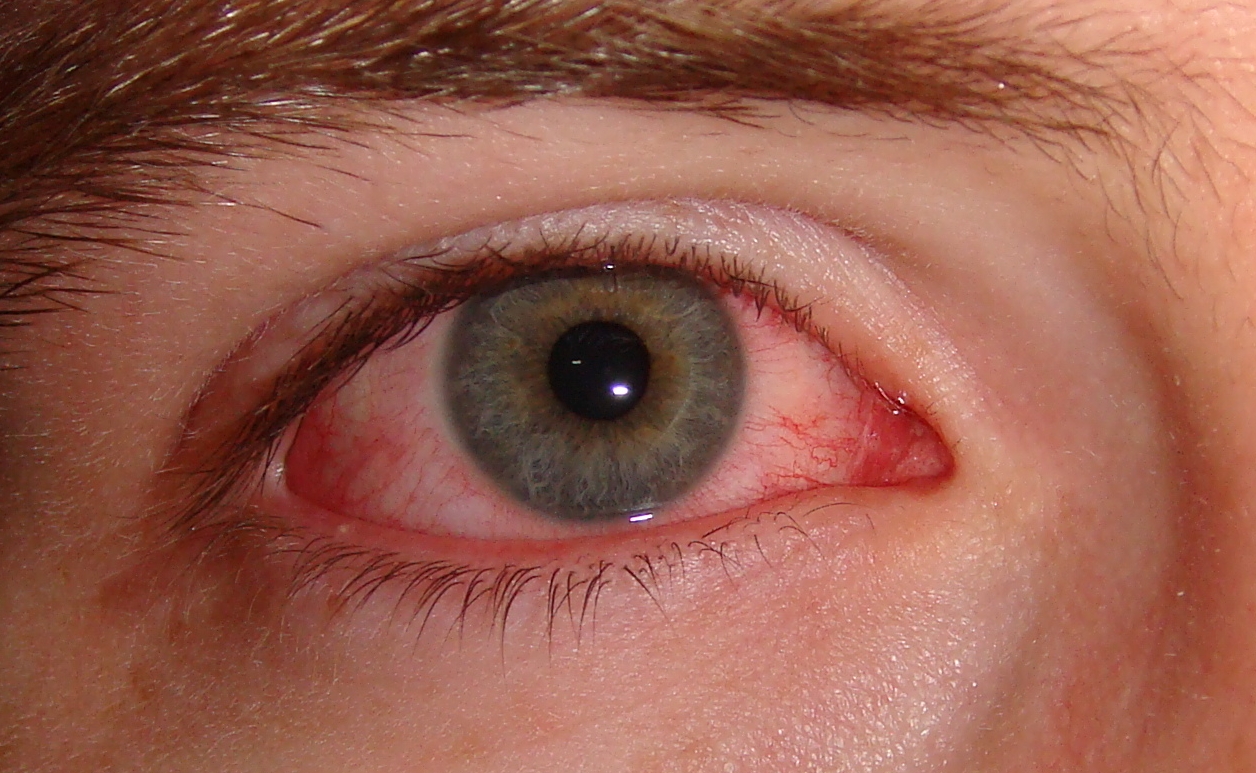Gua Sha therapy is highly beneficial for people with chronic lower back pain
03/12/2019 / By Michelle Simmons

A recent study suggests that Gua Sha therapy is a safe and effective treatment for chronic lower back pain. The article, which appeared in the journal Complementary Therapies in Clinical Practice, looked at the healing effects of Gua Sha therapy in people with chronic lower back pain.
- For the study, researchers from the University of Duisburg-Essen and Witten/Herdecke University in Germany recruited 50 individuals who suffer from chronic lower back pain.
- Chronic lower back pain is a major health problem around the world, and also one of the primary causes of work absenteeism and disability.
- Then, they divided the participants into two groups: one group served as the control group, while the other group received two Gua Sha treatments.
- Participants in the Gua Sha therapy group were treated twice: directly after randomization and seven days after randomization.
- The researchers measured the intensity of pain, as well as the function, pain on movement, perceived change in health status, pressure pain threshold, mechanical detection threshold, and vibration detection threshold of the participants before and after the intervention.
- The results revealed that those who received Gua Sha therapy reported reduced pain intensity and improved overall health status compared to those in the control group.
- Additionally, no serious adverse events occurred during the treatment.
In conclusion, these findings suggest that Gua Sha therapy can be used to reduce pain intensity and improve overall health status in people with chronic lower back pain.
Read the full text of the study at this link.
To read more studies on natural treatments for chronic lower back pain, visit BackPain.news.
Journal Reference:
Saha FJ, Brummer G, Lauche R, Ostermann T, Choi KE, Rampp T, Dobos G, Cramer H. GUA SHA THERAPY FOR CHRONIC LOW BACK PAIN: A RANDOMIZED CONTROLLED TRIAL. Complementary Therapies in Clinical Practice. February 2019; 34: 64-69. DOI: 10.1016/j.ctcp.2018.11.002
Tagged Under: alternative medicine, alternative treatments, back pain, chronic lower back pain, Gua sha therapy, low back pain, natural cures, natural healing, natural medicine, natural remedies, pain, pain relief, remedies, therapies



















